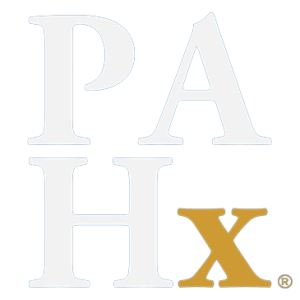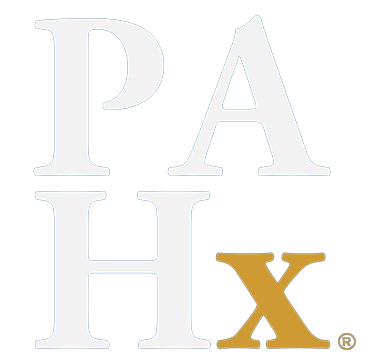1650 to 1956
Historic Precedents
Providing medical care to remote populations where none existed, and meeting military and public health needs, have been concerns of nations for centuries. The use of non-physicians to provide health care services has an extensive history.

Among the more noteworthy experiments were efforts to deliver services to the Russian wilderness, to the communes of rural China, to the frontiers of the American West, and to native-American villages in Alaska. Military necessity, especially in times of war, led to the use of non-physicians to provide acute care at army bases, and on warships in France, England, and post-revolutionary America. The United States Public Health Service found a need to use former military corpsmen in prisons. Advanced, highly technical surgical procedures, developed in mid-20th century, led innovators to train technicians to assist in urology and cardiovascular surgery. In the 1940s a unique event took place. A highly respected general practitioner in rural North Carolina trained his own “doctor’s assistant” to care for his patients, even while he was away to further his medical education. Remarkably, that partnership received great praise from organized medicine. A road had been mapped; it was soon to be paved by pioneer educators. *Banner Photograph: A feldsher at work during the 1870 Franco-Prussian War.
Officiers de Sante are introduced in France by Rene Fourcroy to help alleviate health personnel shortages in the military and civilian sectors (abolished in 1892).
With the Spanish-American War looming, Congress passes a bill authorizing establishment of the U.S. Navy Hospital Corps, signed into law by President William McKinley on 17 June 1898.
The practicante is introduced into Puerto Rico. (The role is phased out in 1931.)
Henrietta Phelps Lawson Jeffries, an African-American midwife, is put on trial in Caswell County, North Carolina for practicing medicine without a license. She is well known as a “granny midwife” having delivered hundreds of both white and black babies in the community. In an unusual turn-of-events, Judge Charles M. Cooke assumes the role of her defense lawyer and finds her not guilty. This case is a good example of organized medicine starting to attempt to put unlicensed practitioners, such as midwives, out of business and the push back from local communities who depended on their care. To read more about the trial, click here.
A young African American, Vivien Theodore Thomas, secures a job as surgical research technician with Alfred Blalock, MD at Vanderbilt University, and in the 1940s helps to develop the procedures used to treat “blue baby syndrome.” Although informally trained by Dr. Blalock, he becomes a pioneer in, and eventually a teacher of, cardiac surgical techniques with Dr. Blalock at Johns Hopkins University. Although he has received no formal education, and has never personally treated a patient, he is awarded an honorary doctorate degree from the University in 1976. Beginning in 1930, former military corpsmen receive on-the-job training from the Federal Prison System to extend the services of prison physicians. This eventually leads to the establishment of a US Public Health Service PA Program in July 1968 at the Medical Center for Federal Prisoners in Springfield, MO. The program is the first to be federally sponsored, but was never accredited, and was phased out in the 1970s when PA training became widely available elsewhere.
Community Health Aides are introduced in Alaska to improve the village health status of Eskimos and other Native Americans. Public Health Nurses are employed by the Territorial Department of Health to instruct village midwives.
Amos N. Johnson, MD employs Henry “Buddy” Treadwell as a technician and, over time, trains him as a “doctor’s assistant” to work in his rural- based general practice in Garland, NC. Johnson becomes a major participant in national medical organizations, frequently leaving Treadwell to care for his patients. The relationship becomes widely known and accepted throughout North Carolina.
During World War II, Eugene Stead, Jr, MD, develops a fast track, 3-year medical curriculum to educate physicians at Emory University for military service. Without residents, he uses medical students to help staff Emory University and Grady Hospitals in Atlanta, GA. The experience provides a model for the competency-based medical curriculum developed to educate physician’s assistants at Duke University in 1965.
The Maritime Service begins a Hospital Corps School at the Sheepshead Bay training station with surgeon, S. S. Heilwell, MD, of the US Public Health Service in charge. This program is combined with the existing Junior Assistant Purser School in order to train a more skilled individual to serve on merchant marine ships during World War II. By 1944, more than 600 pursers had completed the advanced training.
The United Nations establishes the World Health Organization.


